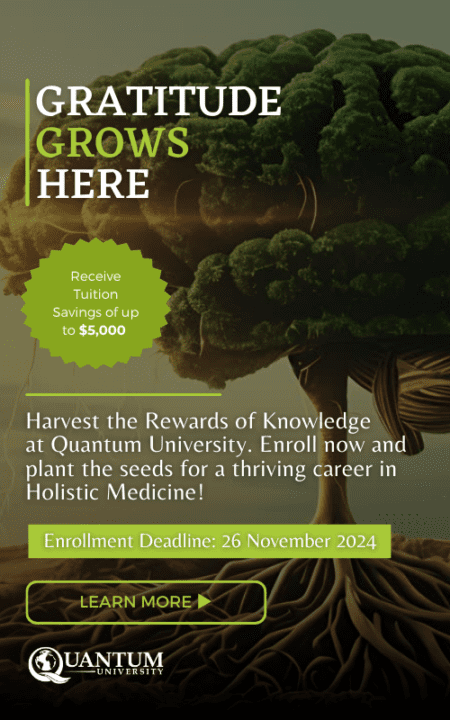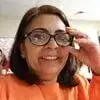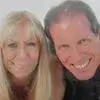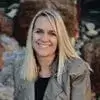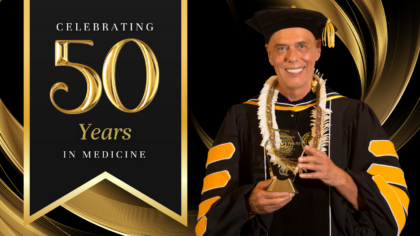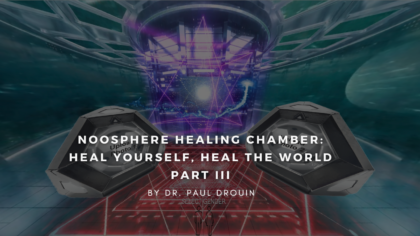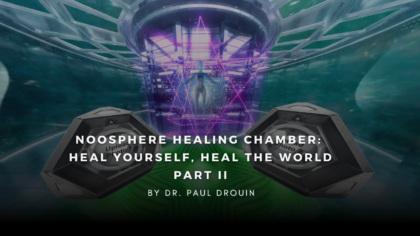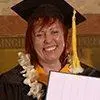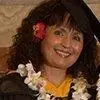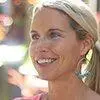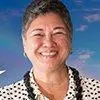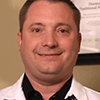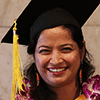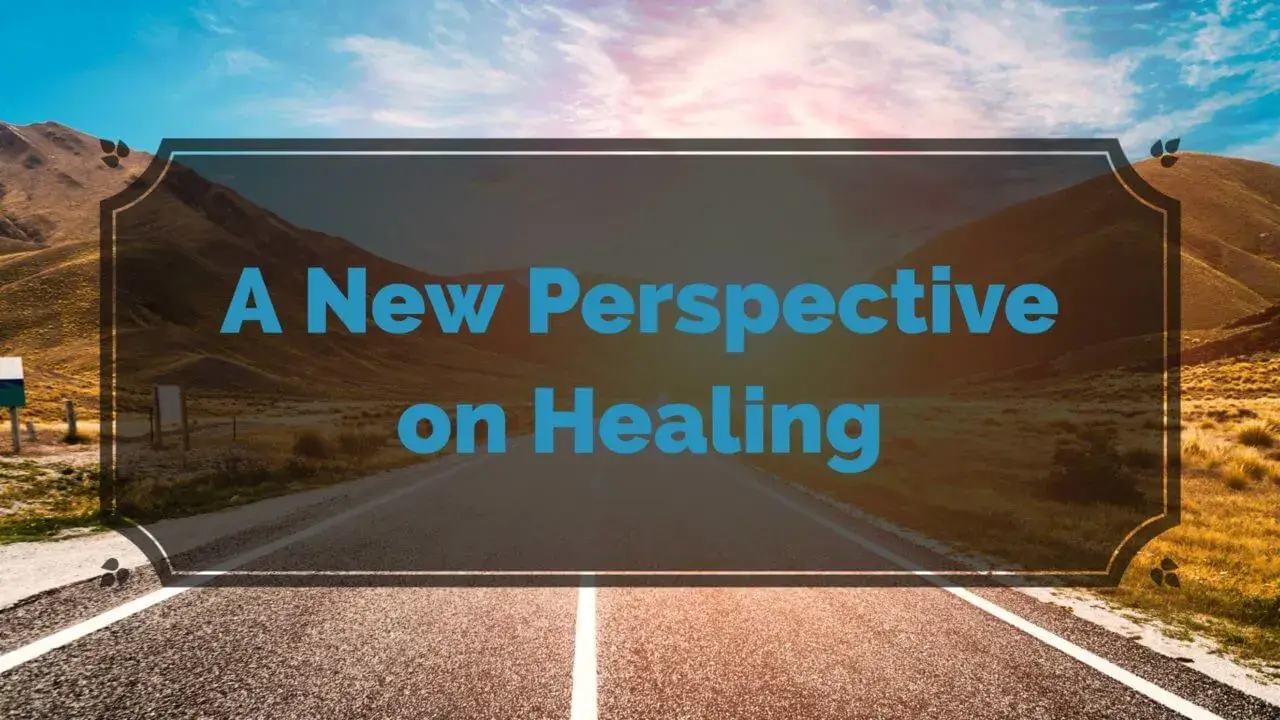
A New Perspective on Healing
Today’s healthcare system is in a critical phase of transition. The real issue of unaffordable healthcare costs needs to be addressed, but how can we do so without questioning the fundamental premises of healing? How do we heal?
I will never forget a particular consultation early on in my rural medical practice. One day, a lady with a lot of stature and confidence walked into my office. She was the wife of a farmer and her language was straight and unequivocal. She confidently strode in and sat solidly down in the consultation chair, looked directly into my eyes and said, “Doctor, you are not the one who heals here, the Lord is the one.”
Honestly, I did not know what to do with this affirmation at the time, but continued to reflect on it. Later on in my career, I was invited to a convention in Switzerland where doctors from all over the world came together to explore one main question: “Who heals?” There were as many answers to that question as there were participants. Years later, as I watched a sci-fi movie called K-Pax, I was struck by a passage spoken by the main character: “For your information every being has the capacity to cure themselves”.
So who does the healing? What the lady who had walked into my office expressed to me years ago, is what many of our ancestors have known for generations. There is another unseen element involved in healing that goes beyond the doctor’s prescription. Today, quantum physicists such as Dr. Goswami describe this unseen element as consciousness. He purports that consciousness as “the ground of all being” is the source from which healing comes.
Conventional medicine has had a pretension of having solved the mystery of healing. In doing so, it has created a costly healthcare system, based on a symptomatic approach, where pharmaceuticals and surgical techniques have been empowered as the primary methods of healing. We now have to go deeper into our investigation to realize, that factors related to healing need to be reconsidered from a totally new perspective.
For example: “How can we restore the power of healing back into the hands of the patient?” “How can we give them the ability to heal and hope for them to reach their full potentiality for wellness?”
One way we can do this is by educating people on how to access the art of healing from within through consciousness. This type of knowledge could be made accessible to everyone and taught as part of a medical school curriculum. Doctors and other healthcare providers could then pass this information on to their patients to make them aware of how they can contribute to their own healing. This is one component of the training now being offered to healthcare professionals in Integrative Quantum Medicine at Quantum University.
Western healthcare is in urgent need of reform. The costs of sustaining current models of medicine continue to escalate and are becoming increasingly unaffordable. The question as we move forward is not just one of administration – deciding who will pay the bills – it is, how can we create a more efficient and cost-effective model of practicing medicine? One potential solution is to evolve towards an integrative model of medicine, where nurses and nurse practitioners play an increasing role in the delivery of holistic patient care.
As a Canadian medical doctor for many years and one who has been exposed to the American medical system, I have come to understand the pros and cons of both social and private approaches. It is imperative that we now question the way medicine has been practiced. With a foundation that is symptomatic in its approach, it has not been successful in treating the root causes of chronic diseases or cancer, which statistically have represented a major portion of healthcare expenses. There is an increasing consensus that integrative medicine can play a crucial role in reducing healthcare costs, and in returning us to a more humanistic and holistic approach to medicine. Many hospitals have already begun using protocols of Integrative medicine for stress management, smoking cessation, weight loss, and pain reduction.
So who will be the most qualified, licensed healthcare providers to implement holistic modalities within the existing system? You may think that the answer is the medical doctor, but most of the time they can’t add more to their growing load of responsibilities for less remuneration. The answer is obvious: the nurses and healthcare practitioners. Amongst all of the healthcare providers, these are the people who are already known to have developed a good sense of clinical skills, and are capable of delivering new modalities with the patience and care they require. By reputation, they have the most presence at the bedside of the patient and a privileged relationship with both the patient and their families.
By training nurses and healthcare practitioners in holistic healing modalities and evaluation techniques, we have the opportunity to define a new area of specialization and redefine their role within the healthcare system. By getting a degree in Integrative Medicine, they will be able to serve as one of the driving forces behind a profound transformation of the future of medical care.


